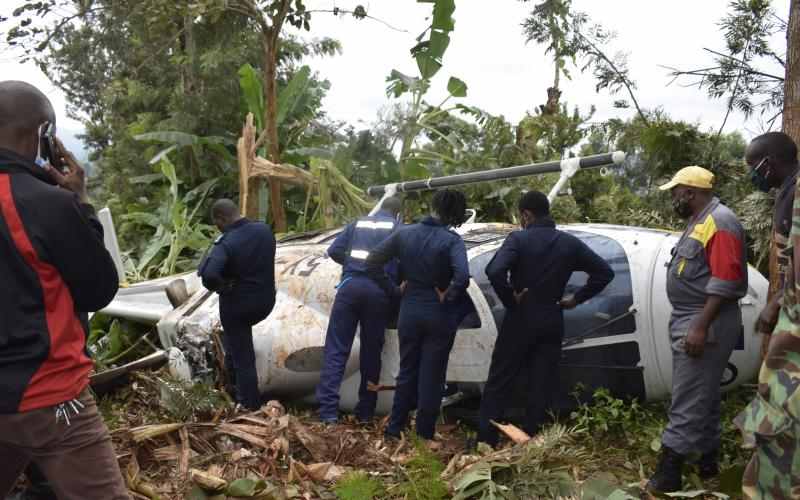×
The Standard e-Paper
Stay Informed, Even Offline

Officials assessing the wreckage of a police helicopter in Meru County last year. [File, Standard]
An investigation report on a police helicopter that crashed in June, last year, has revealed that the National Police Service Air Wing may not be regularly maintaining its fleet.